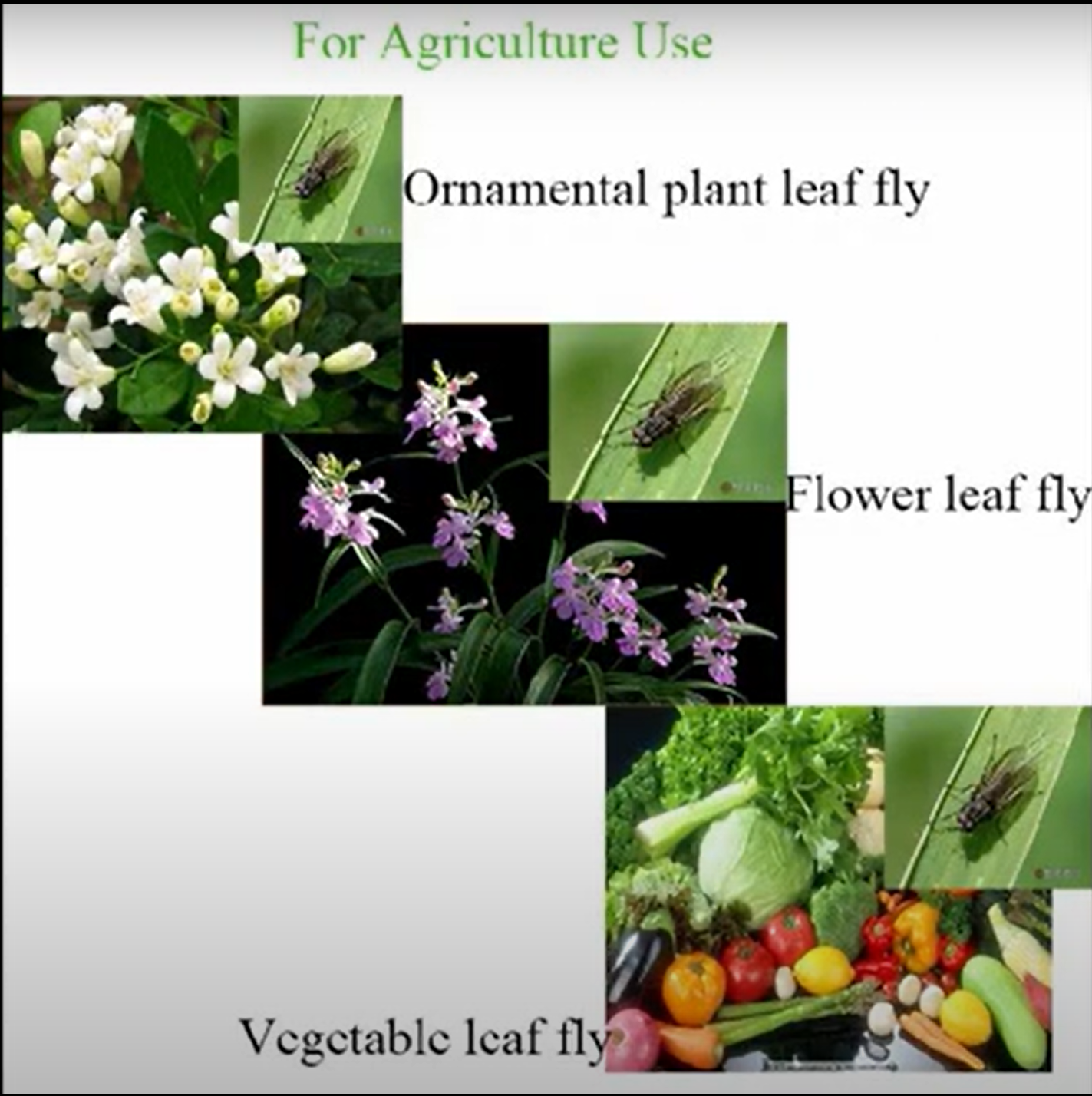I. Basic properties of Cypromazine
In terms of function:
Cypromazine is a growth regulator of 1,3, 5-triazine insects. It has special activity on diptera larvae and has endosorption and conduction effect, inducing diptera larvae and pupae to undergo morphological distortion, and adult emergence is incomplete or inhibited. For example, with 1g/L soaking or spraying, can prevent Lucilia sericata on sheep; When added to chicken feed, fly larvae on chicken manure can be prevented and treated locally where flies breed. It has good inhibition and killing effect on several common fly larvae (i.e. fly maggots) that multiply in feces; The control of leaf miner flies on ornamental plants and vegetables, especially the South American leaf miner fly, is the most effective medicine in the world. It mainly inhibits the synthesis of chitin and dihydrofolate reductase, prevents reversal, delays the growth period of the larva, affects the molting process and prevents normal pupation, resulting in the death of the larva. It can also significantly reduce the ammonia content in the animal house and greatly improve the livestock and poultry breeding environment. Its active ingredients can be decomposed in the soil, no pollution to the environment, is an efficient environmental protection agent 56.
2, The basic properties of myithramine
In terms of function:
As an insect growth regulator, it can cause morphological distortion of diptera larvae and pupae in the development process, and inhibit or incomplete emergence of adult insects. No lethal effect on adult insects is found in oral or local application, but the hatching rate of eggs is reduced after oral ingestion. It is used to control leaf miner pests, has good control effect on fly, can also be used to control flies, and can also prevent and control Lucilia sericaria on sheep and fly larvae on chicken manure. For legumes, carrots, celery, melons, lettuce, Onions, peas, green peppers, potatoes, tomatoes with 12-30g /100L treatment, or 75-225g /hm²; The soil application dose is 200-1000g /hm², and the effect can be maintained for up to 8 weeks with high doses. Its isotope standard can be used for experimental analysis to make calibration curves, establish quantitative relationships for actual samples, and evaluate the accuracy and precision of chemical analysis results.
3, The difference in chemical structure
The chemical name of both is N-cyclopropyl -1,3, 5-triazine-2,4, 6-triamine, which suggests that the two may be the same substance and have the same chemical structure.
4. Differences in mechanism of action
Both of them belong to the 1,3, 5-triazine group of insect growth regulators, which can induce the morphologic distortion of diptera larvae and pupae, and inhibit or incomplete adult emergence. Both of them play a role by inhibiting the synthesis of chitin and dihydrofolate reductase, thus affecting the normal growth and development of insects.
5. Differences in scope of application
Both of them are mainly used to control diptera insects, such as leaf miners, flies and other pests, in the control of sheep on the Lucilia sericata, fly larvae on chicken dung are also effective, and can be applied to ornamental plants, vegetables and other crops pest control.
Post time: Apr-09-2025




